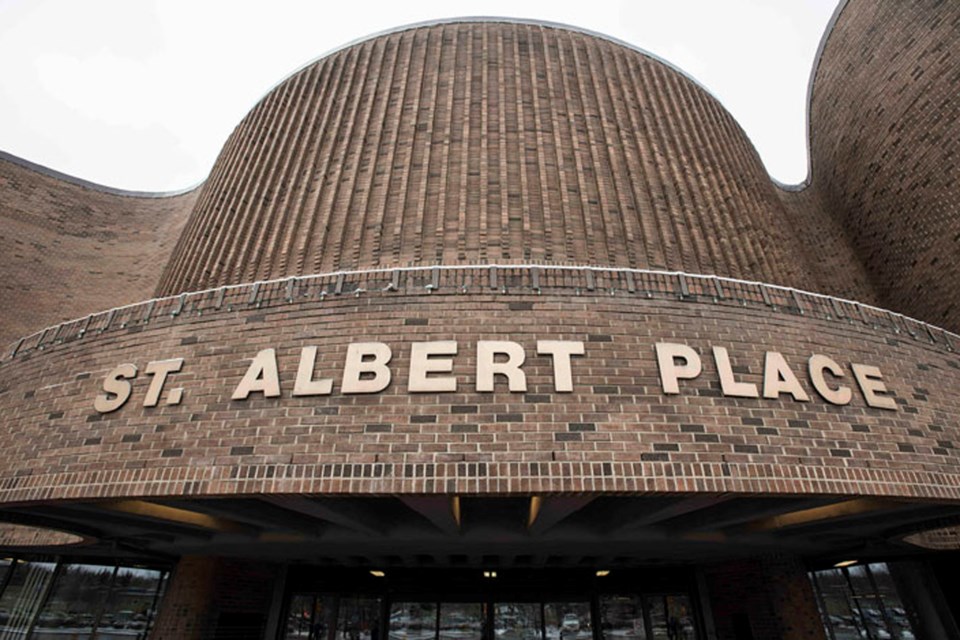St. Albert council met today to discuss their appetite for cuts in the upcoming budget and the meeting was held behind closed doors.
On Tuesday afternoon council met with administration to discuss options for whittling down next year’s proposed tax increase, from a proposed seven per cent, down to between three and five per cent.
Earlier this year council was faced with a potential tax increase of 7.2 per cent in 2023, 6.2 per cent in 2024, and 3.9 per cent in 2025 to keep service levels for the city at status quo.
Coun. Sheena Hughes said last week if the city stays on track with earlier proposed tax increases, residents will see an overall 23-per-cent tax increase over the four-year term of this council.
But in June council asked the city to bring options to the table that would bring down those increases to three to five per cent for 2023 during this fall's budget deliberations.
During the meeting on Tuesday, council was set to give feedback to administration on what types of cuts to services they would tolerate so administration can go ahead and prepare the fall budget.
Hughes said every per-cent decrease in tax will impact the operations of the city by $1.2 million — with a four-per-cent tax decrease on the table for next year, that would mean a $4.8-million cut from the operating budget. Some 90 per cent of the operating budget funds staff positions.
St. Albert has been facing possible long-term tax increases for years and in 2019 the city agreed to a 1.5-per-cent tax increase for three years in a row to help make up for the repair, maintenance, and replacement (RMR) funding shortfall. Administration initially proposed a minimum 1.5-per-cent property-tax increase for the next 20 years, but council decided to limit the increases to only three years to give administration time to come up with a different solution.
As of last summer, the RMR funding gap was about $16 million each year and a property-tax increase of 1.5-per-cent for 20 years would be required to close the gap, which doesn’t take into consideration any new growth and RMR funding needed for it in the future.
In the upcoming years the city will consider spending money on many capital projects, such as nearly $39 million on the construction of Fowler Way in 2025 or pedestrian improvements on Perron Street for $5.8 million. The city must still continue to fund RMR for St. Albert's current infrastructure by repaving roads and sidewalks, and traffic signal maintenance.
Final decisions about the budget or any spending changes the city will make will be done in the public during the fall budget session.
Council cited sections 24 (1) a of the Freedom of Information and Protection of Privacy Act (FOIP) to go in camera, which says a public body may refuse to disclose information if the disclosure could reasonably be expected to reveal advice, proposals, recommendations, analyses, or policy options developed by or for a public body or a member of the executive council. It also allows them to go in camera for consultations or deliberations involving officers or employees of a public body
Council also cited sections 24 (1) g of FOIP to go in camera, which allows them to discuss information, including the proposed plans, policies, or projects of a public body, the disclosure of which could reasonably be expected to result in disclosure of a pending policy or budgetary decisions behind closed doors.




